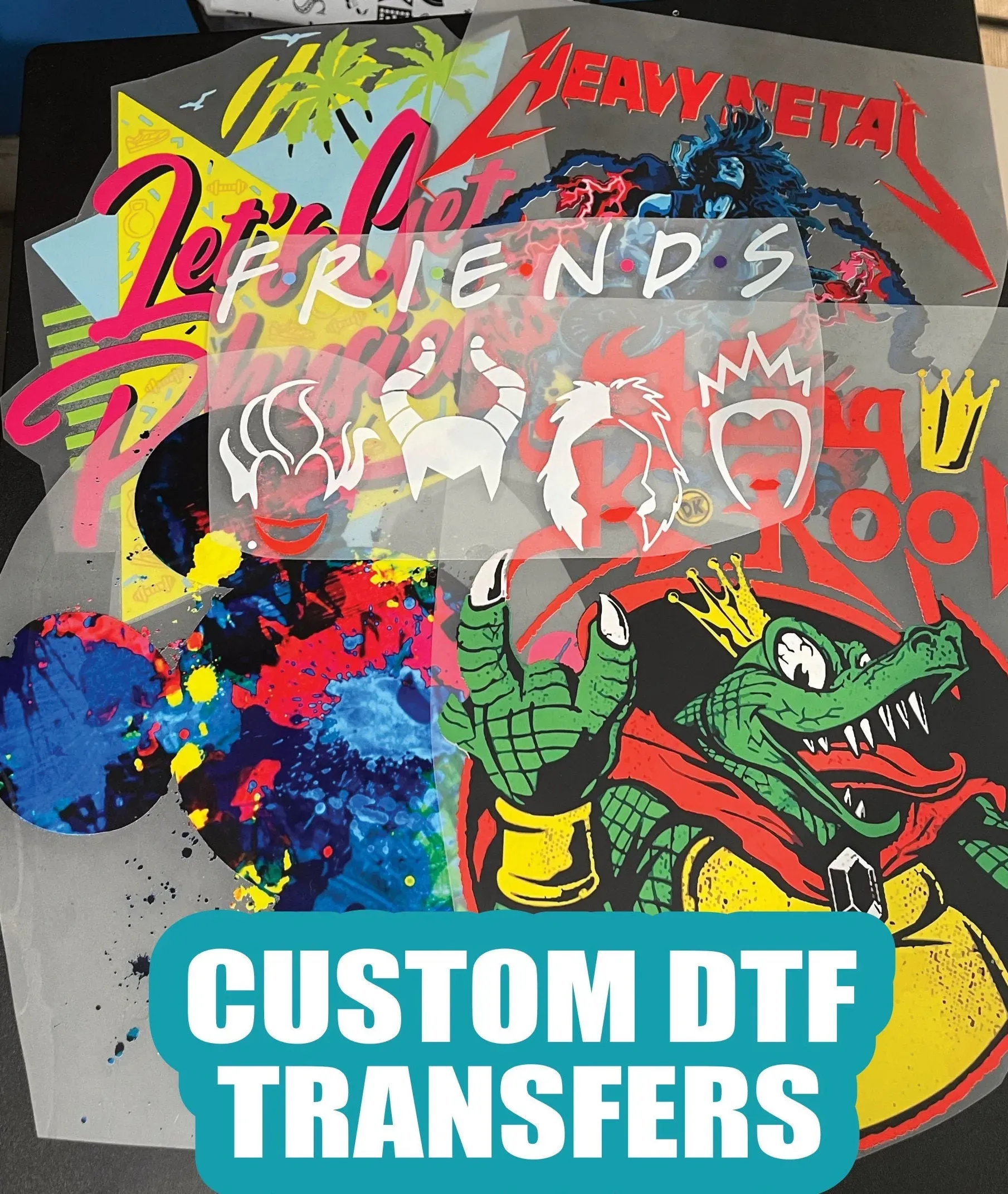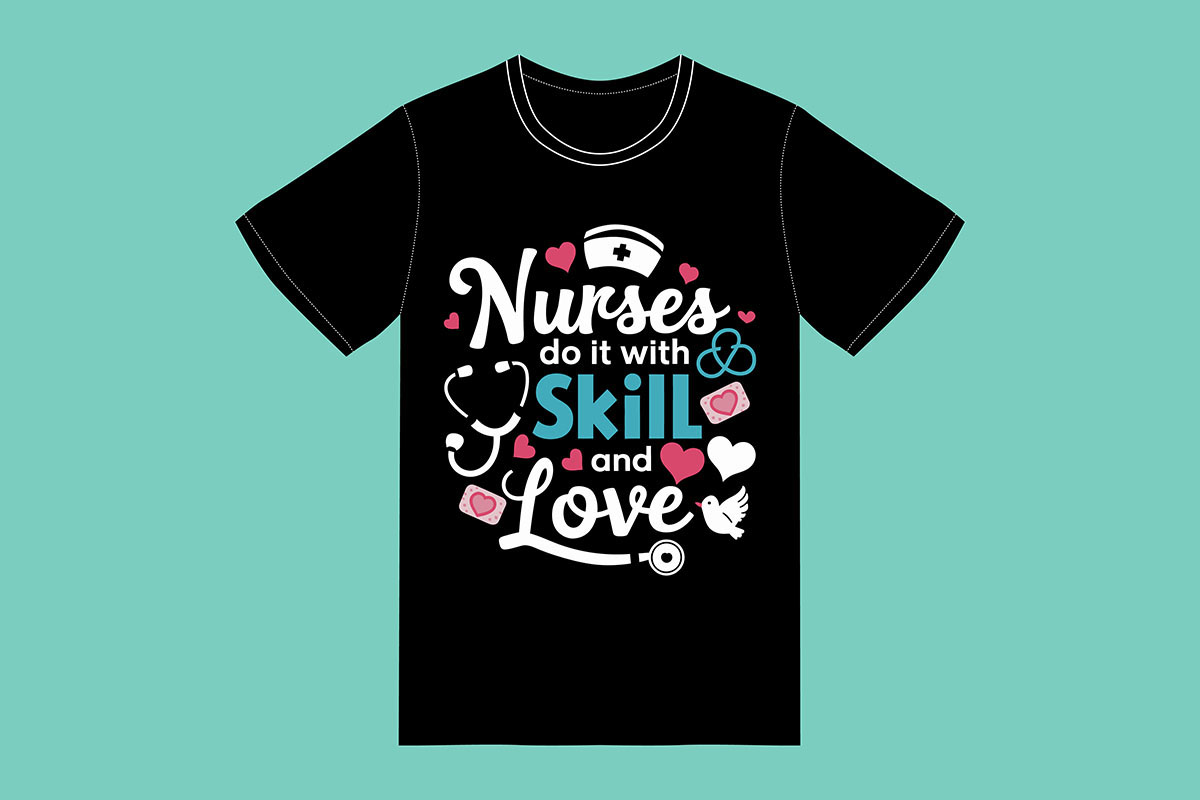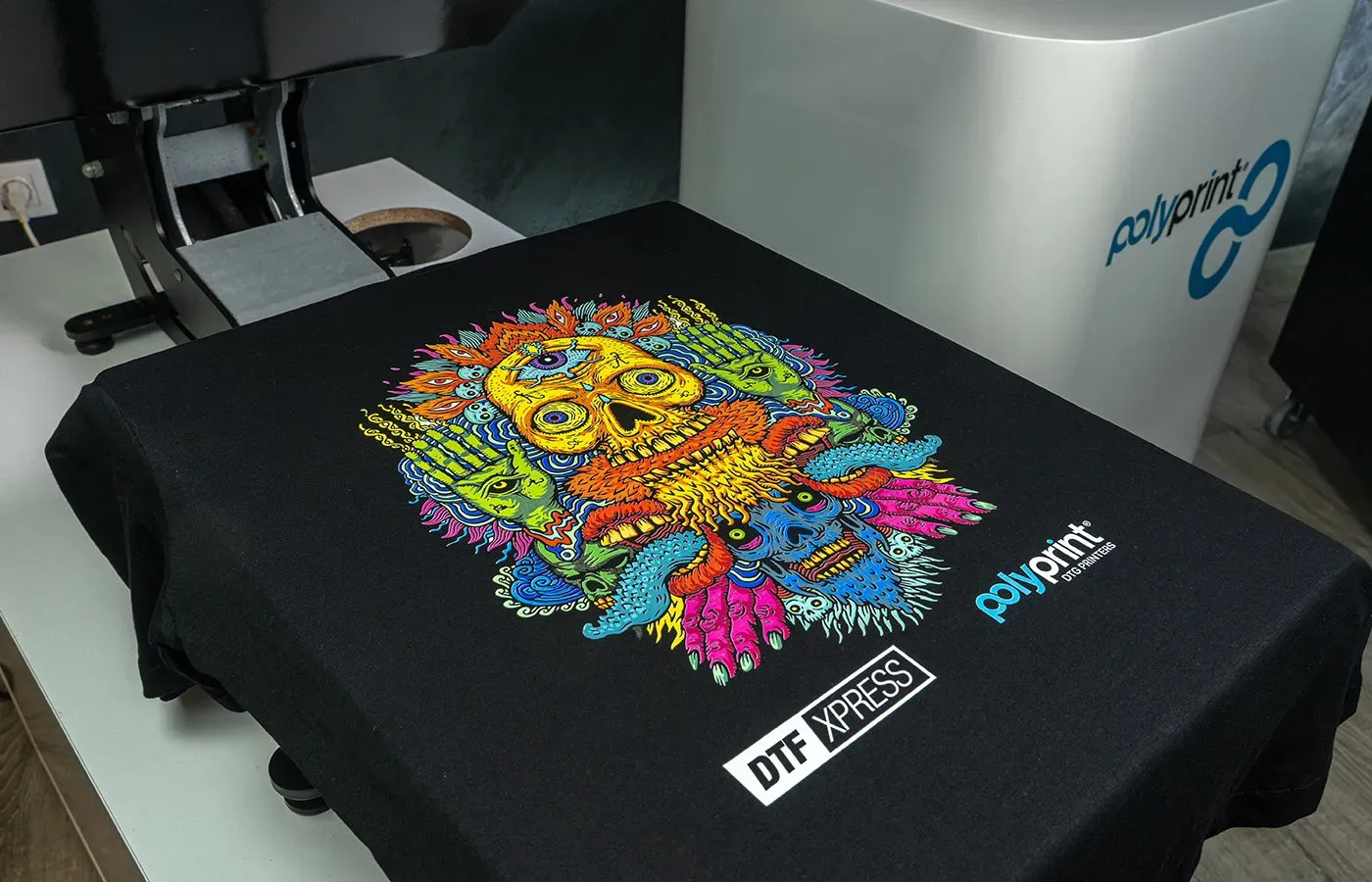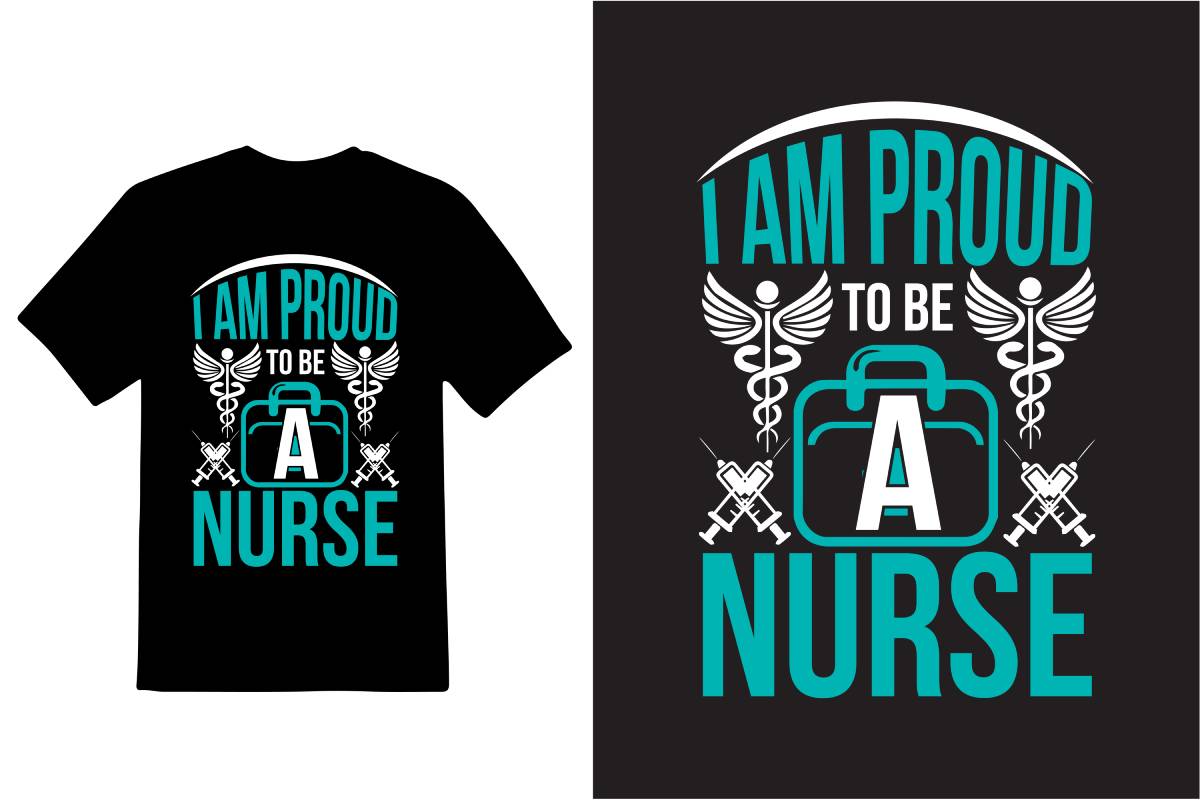DTF Transfers: Unlocking Benefits for Custom Merchandise
DTF transfers, a cutting-edge technology in the realm of custom merchandise, are rapidly changing the way designs are printed on fabrics. This innovative Direct to Film method merges the best elements of digital and screen printing, providing printers with an array of advantages, including vibrant colors and fine detail. As businesses seek to differentiate themselves in a competitive market, the benefits of DTF printing become undeniably clear; from consistent quality to eco-friendly options, DTF transfer technology enhances the overall customer experience. With its user-friendly process, even entrepreneurs with limited resources can easily dive into creating personalized products. In this blog post, we will explore why DTF transfers should be at the forefront of your custom merchandise strategy and the myriad DTF printing advantages that make it the ideal choice for today’s discerning consumers.
Direct to Film technology, or DTF printing, represents a groundbreaking advancement in the personalization of products, especially in the custom merchandise sector. This innovative method not only streamlines the printing process but also guarantees exceptional print quality and durability, making it a favorite among decorators and small business owners alike. As the demand for tailored goods continues to rise, many are turning to this revolutionary approach for its cost-effectiveness and eco-friendly materials. The versatility of DTF transfers allows for a wide variety of fabric applications, meeting the diverse needs of consumers looking for unique and meaningful products. Through understanding this technology, businesses can capitalize on the growing trend of customized merchandise and enhance their product offerings.
Understanding DTF Transfer Technology
DTF transfer technology, or Direct to Film, represents a significant evolution in the world of custom printing. This innovative method allows for high-quality designs to be printed on a special film that is then heat-pressed onto fabric. Depending on the fabric type, DTF transfers can deliver vibrant colors and intricate details, making it a versatile solution for various merchandise. This technology marries the advantages of traditional screen printing with the flexibility of digital methods, thereby offering businesses outstanding print quality coupled with the ability to create unique, personalized designs.
Utilizing DTF transfer technology enables businesses to cater to a broader audience by offering custom solutions for every fabric type. Whether you’re printing on cotton, polyester, or blends, DTF’s compatibility makes it an ideal choice for custom merchandise applications. From clothing to accessories, DTF transforms creative visions into tangible products, pushing the boundaries of what custom printing can achieve. Its adaptability and efficiency make it a staple for companies aiming to innovate in their product offerings.
The Advantages of DTF Printing for Custom Merchandise
Businesses in the custom merchandise space significantly benefit from DTF printing due to its numerous advantages that elevate product quality and consumer satisfaction. One of the standout features of DTF is the exceptional print quality it offers. Complex designs with gradients and fine details emerge vividly from DTF processes, making it an ideal option for entrepreneurs looking to stand out in a competitive market. By providing unparalleled quality, DTF printing ensures that businesses can meet the demands of discerning customers seeking beautifully crafted items.
Besides the high-quality output, DTF printing is also associated with outstanding durability. Unlike other printing methods that may fade or crack over time, DTF prints maintain their integrity through many washes and extended use. This aspect not only reassures customers of the longevity of their purchases but also reflects positively on businesses in terms of reduced replacement costs. As a result, companies can market their products with confidence, knowing that DTF printing gives them an edge in durability and quality.
Versatility: DTF Transfers Across Various Fabric Types
One of the most significant advantages of DTF transfers is their versatility in application across diverse fabric types. This flexibility allows businesses to broaden their product line, catering to consumers looking for unique printed merchandise. Whether it’s t-shirts, hats, or home textiles, DTF printing can be applied seamlessly to a variety of materials, including cotton, polyester, and blended fabrics. This adaptability not only promotes creativity but also enhances product offerings, making it a crucial aspect in today’s custom merchandise market.
With the ability to switch between fabrics while maintaining print quality, businesses utilizing DTF transfers can effortlessly meet a range of customer preferences. This versatility opens the door to endless possibilities, encouraging innovation and enabling companies to explore new markets. Whether targeting sports apparel, fashion wear, or even promotional items, DTF transfers allow brands to reach diverse consumer bases effectively, positioning them as industry leaders in custom merchandise.
Cost-Effectiveness of DTF Transfers for Startups
Cost is an essential consideration for many startups entering the custom merchandise market, and DTF transfers provide a highly cost-effective solution. The technology involved in DTF printing enables businesses to produce high-quality items at a lower cost per unit compared to traditional methods. This economic advantage means that startups can fulfill small orders without the need for costly equipment investments, making product personalization more accessible than ever.
By minimizing startup costs and expanding product capability, DTF printing empowers entrepreneurs to explore their creativity without overwhelming financial burdens. As demand for customized products grows, having a scalable option like DTF allows small businesses to adapt and grow with market trends. In this way, DTF transfers not only help in managing budget constraints but also pave the way for potential profit maximization in the long run.
Ease of Use and Accessibility in DTF Printing
The user-friendly nature of DTF transfer processes makes them highly accessible for new entrepreneurs and small businesses alike. Compared to traditional methods such as screen printing or direct-to-garment printing, DTF transfers require less technical skill and setup time. This simplicity allows creators to undertake custom merchandise projects without becoming bogged down by complex processes, enabling them to focus on their designs and market strategies.
The ease of use that comes with DTF printing means that even individuals with minimal experience can start their custom merchandise line effectively. By offering a straightforward approach to printing, DTF lowers the entry barriers for aspiring entrepreneurs. This accessibility is vital in today’s experience-driven marketplace, where innovation and personal touch are valued, allowing a more diverse group of creators to thrive.
Eco-Friendly DTF Printing Practices
In response to growing consumer awareness regarding environmental issues, eco-friendly DTF printing has emerged as a viable solution within the custom merchandise market. Many companies are now adopting sustainable practices by utilizing eco-friendly inks and materials in the DTF printing process. This shift not only reduces the overall environmental impact but also attracts eco-conscious consumers who prefer to support brands that prioritize sustainability.
By opting for eco-friendly DTF printing options, businesses can appeal to a broader market segment, effectively aligning with contemporary consumer values. This practice enhances brand reputation and customer loyalty, as consumers are increasingly inclined to choose companies that demonstrate environmental responsibility. As the trend towards eco-friendly merchandise continues to gain momentum, DTF printing stands out as a responsible choice for businesses looking to combine quality with sustainability.
Frequently Asked Questions
What are the main benefits of DTF transfers for custom merchandise?
The benefits of DTF transfers for custom merchandise include high print quality with vibrant colors and intricate details, impressive versatility across various fabric types, durability that ensures prints last through many washes, and a cost-effective solution for businesses. DTF printing also offers a user-friendly process suitable for small operators and environmentally friendly options that appeal to sustainability-conscious consumers.
How does DTF transfer technology compare to other printing methods for custom merchandise?
DTF transfer technology combines the advantages of screen printing and digital printing, providing exceptional print quality and detail that can outperform other methods. Unlike traditional techniques, DTF offers versatility for various fabrics and maintains durability for everyday use, making it a superior option for businesses in the custom merchandise space.
Is DTF printing a sustainable option for custom merchandise?
Yes, DTF printing can be considered an eco-friendly option as it utilizes environmentally friendly inks and materials. As consumer awareness of sustainability grows, businesses using DTF transfer technology can appeal to customers by offering products that align with eco-conscious values.
What makes DTF transfers user-friendly for small businesses and individual creators?
The DTF transfer process is user-friendly due to its relatively simple setup and minimal need for specialized skills, making it accessible for small businesses and individual creators. This ease of use allows entrepreneurs to focus more on design and marketing, rather than complex technical processes.
Can DTF transfers be used on different types of fabrics for custom merchandise?
Absolutely! DTF transfers are highly versatile and can be applied to a variety of fabric types, including cotton, polyester, and blended materials. This versatility allows businesses to expand their product offerings and cater to diverse customer preferences in the custom merchandise market.
What are the cost advantages of using DTF transfer technology for custom products?
DTF transfer technology offers significant cost advantages, particularly for small businesses and startups. It provides a low print cost per item, enabling scalable production without requiring large initial investments in expensive equipment. This affordability is essential for meeting the growing demand for customizable merchandise.
| Key Points | Description |
|---|---|
| What are DTF Transfers? | DTF transfers involve printing designs onto a special film and then heat-pressing them onto fabric, combining the strengths of screen and digital printing. |
| High Quality and Detail | Produces vibrant colors and intricate details, ideal for elaborate designs across various merchandise. |
| Versatility | Adapts to various fabric types, making it perfect for clothing, bags, and home textiles. |
| Durability | Maintains vibrancy and quality even after multiple washes, enhancing customer satisfaction and reducing returns. |
| Cost-Effectiveness | Allows for small to large orders without significant investment, making it accessible for startups and small businesses. |
| User-Friendly Process | Requires less setup and fewer specialized skills compared to traditional printing methods, ideal for small operators. |
| Environmentally Friendly Options | Uses eco-friendly inks and materials, appealing to consumers focused on sustainability. |
Summary
DTF transfers have emerged as a revolutionary technique in the world of custom merchandise, offering a blend of quality, versatility, durability, cost-effectiveness, ease of use, and sustainability. This innovation not only enhances the custom printing process but also addresses the evolving needs of businesses and consumers alike. Furthermore, with the rise of e-commerce and advancements in printing technology, DTF transfers are positioned to play a crucial role in shaping the future of personalized products, making them a favorable choice for businesses aiming to thrive in this competitive market.






